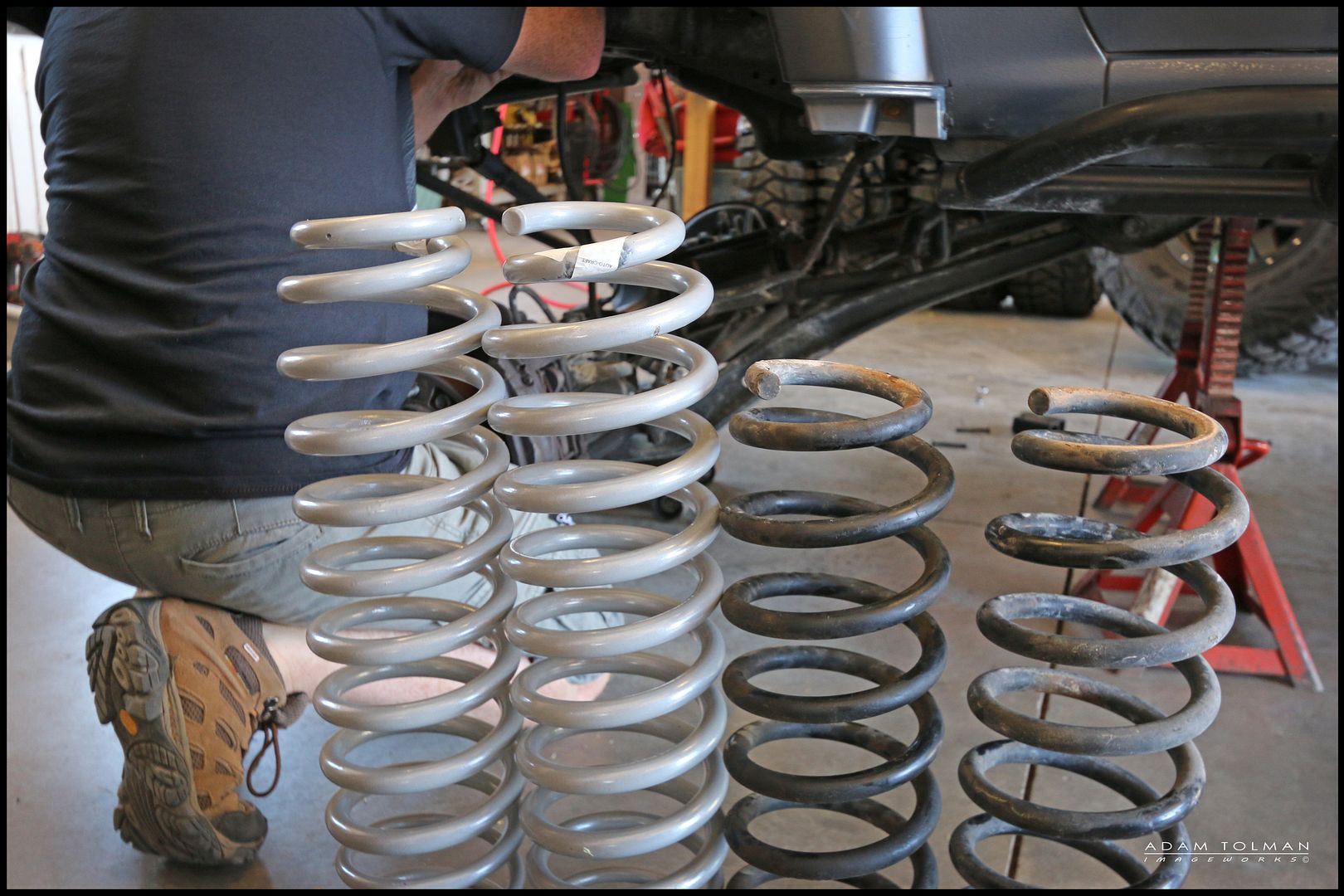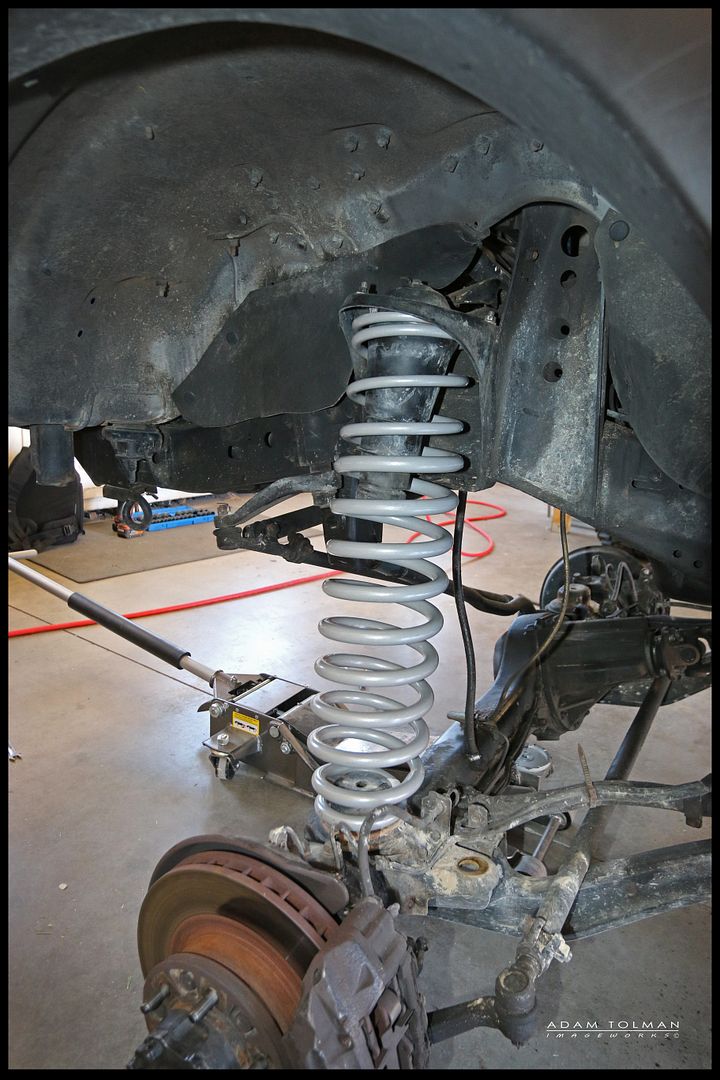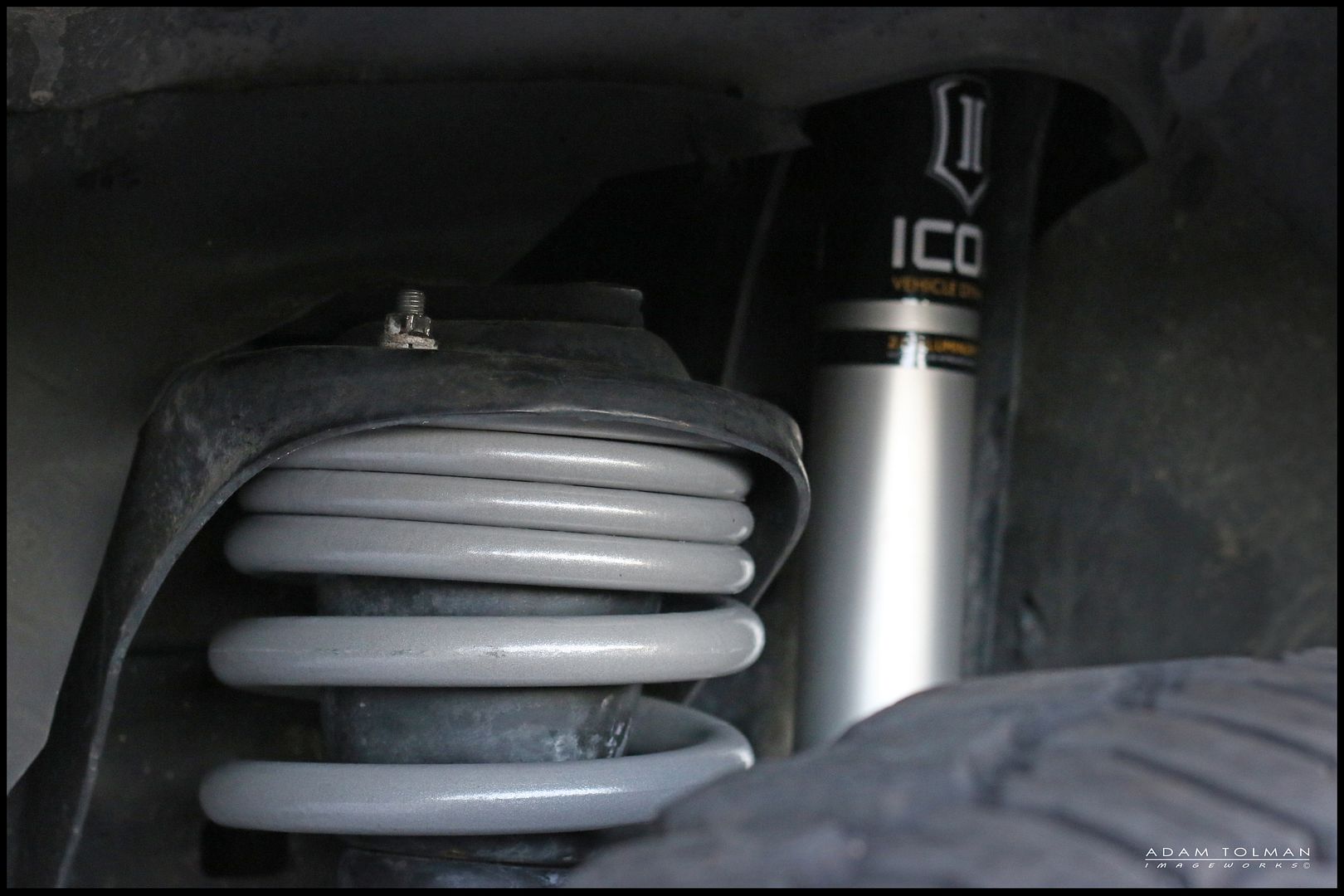- Thread starter
- #21
Am I correct in thinking that progressive and dual rate springs are not really made or good at carrying a heavy load? My truck has back. I carry 2 kids, a big dog, a wife, 3 cans of fuel, propane tank, labs bumper, jack, rear tire, etc. I have to have load carrying capacity. On top of that I tow sometiimes as well. I currently am running j springs front and rear.
They can be load matched similar to a linear rate spring. For instance when I spoke with the Dobinsons rep he told me that the rear springs I was ordering were rated for an additional 100kg of load. Essentially once you collapse the ride rate the load rate is going to take over. If you look at Trail Tailor's offerings you will see that he is bringing in dual rate coils that have ratings anywhere from 0 on up to 600 lbs of additional load. If you are interested it would probably be best to just call or email one of the vendors and they could help you decide on the appropriate springs for your application.






